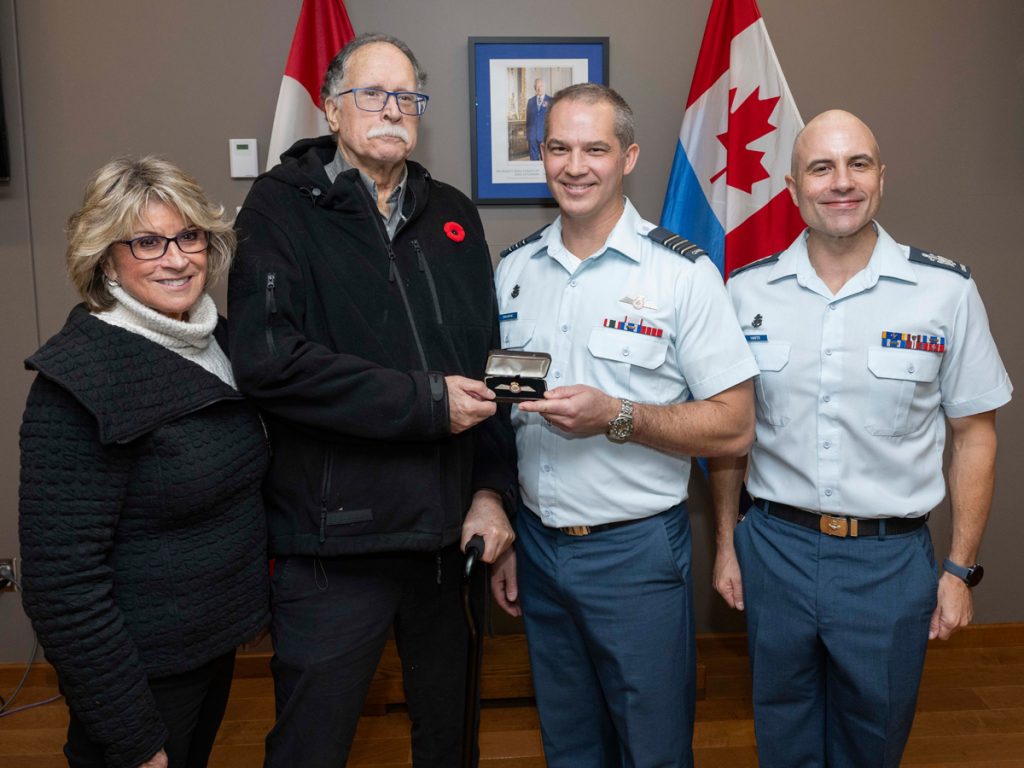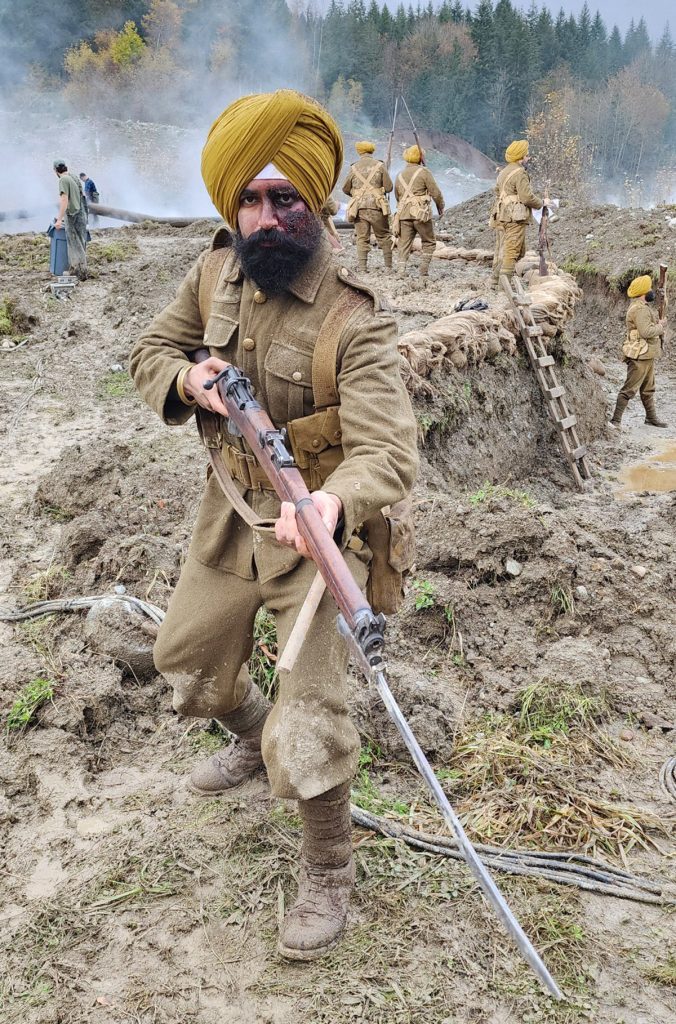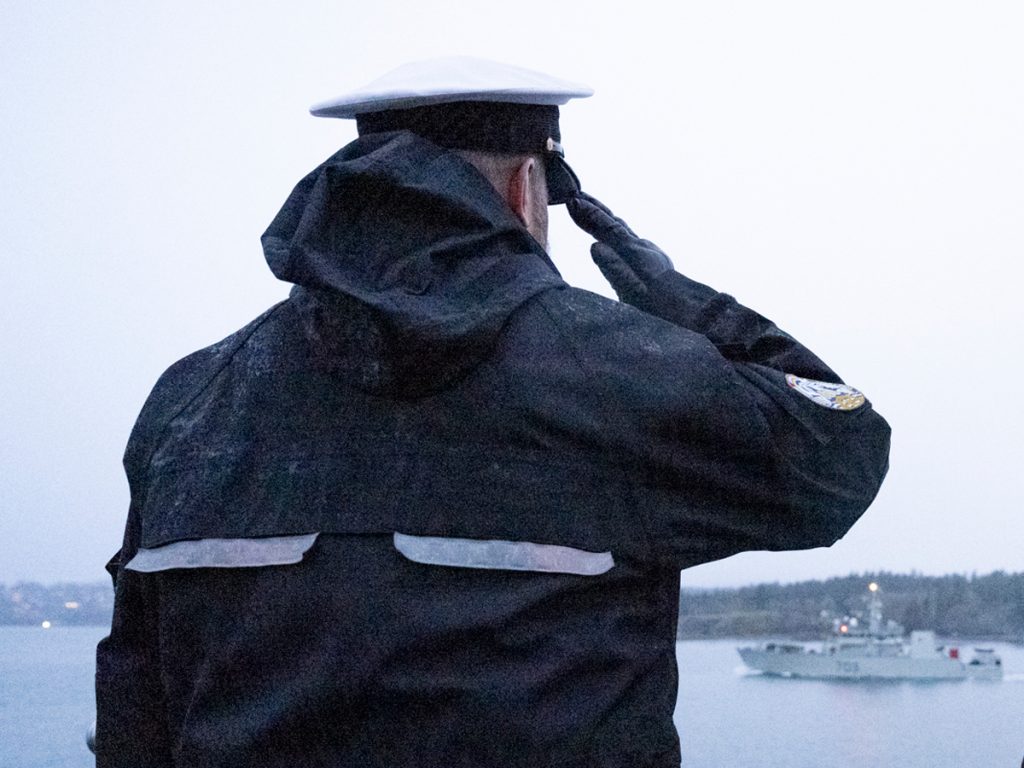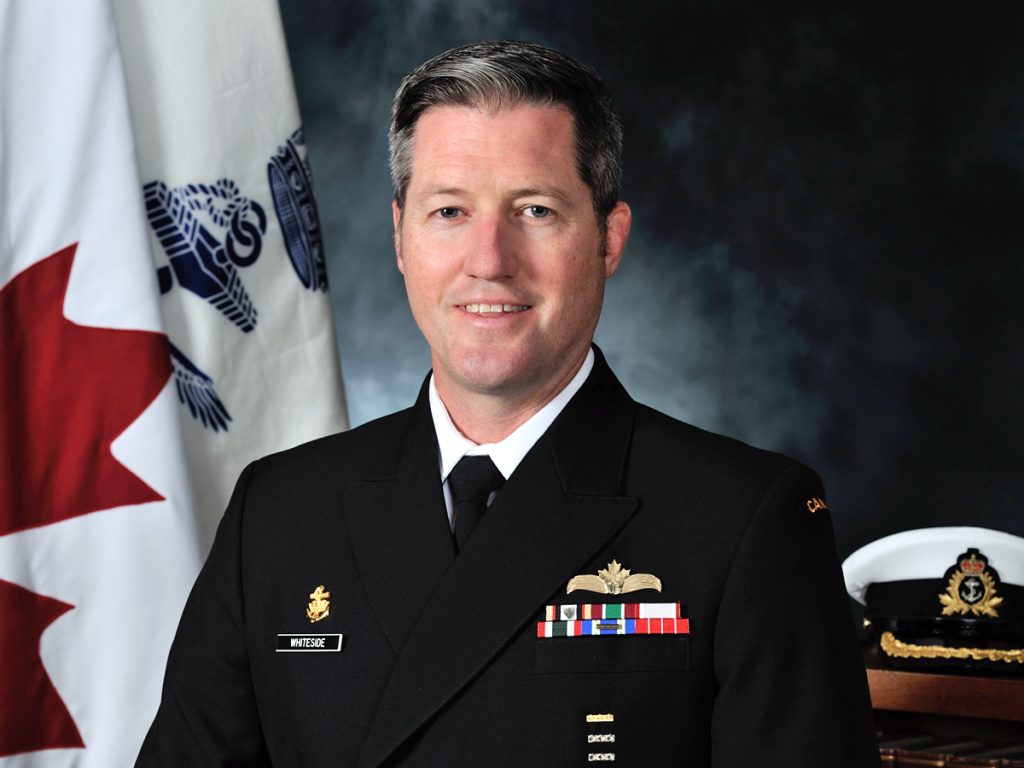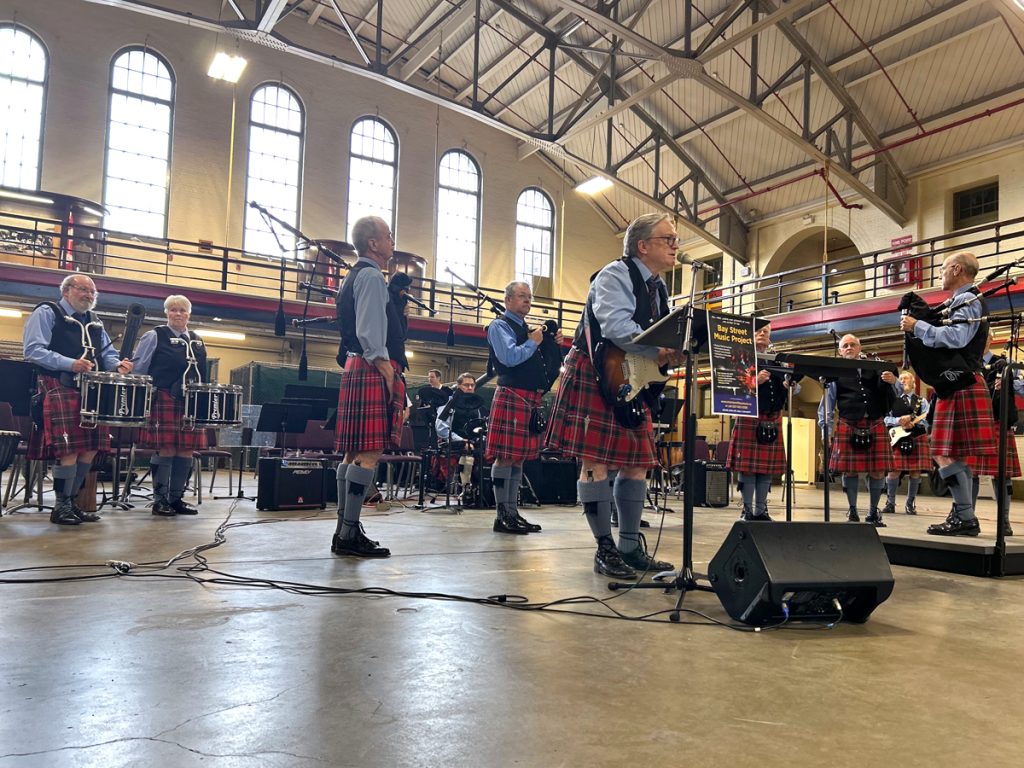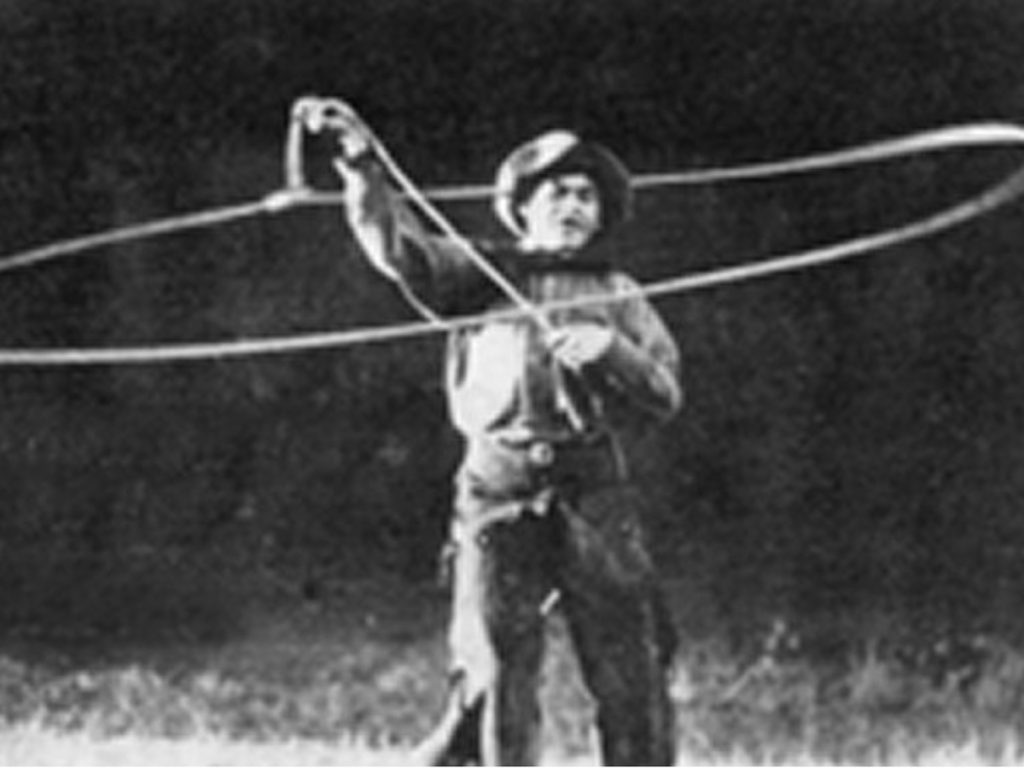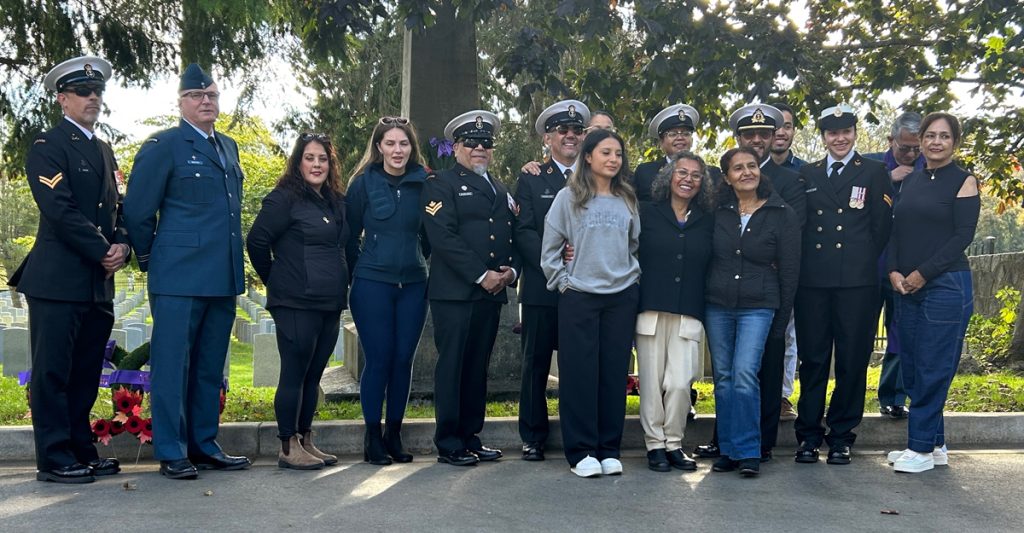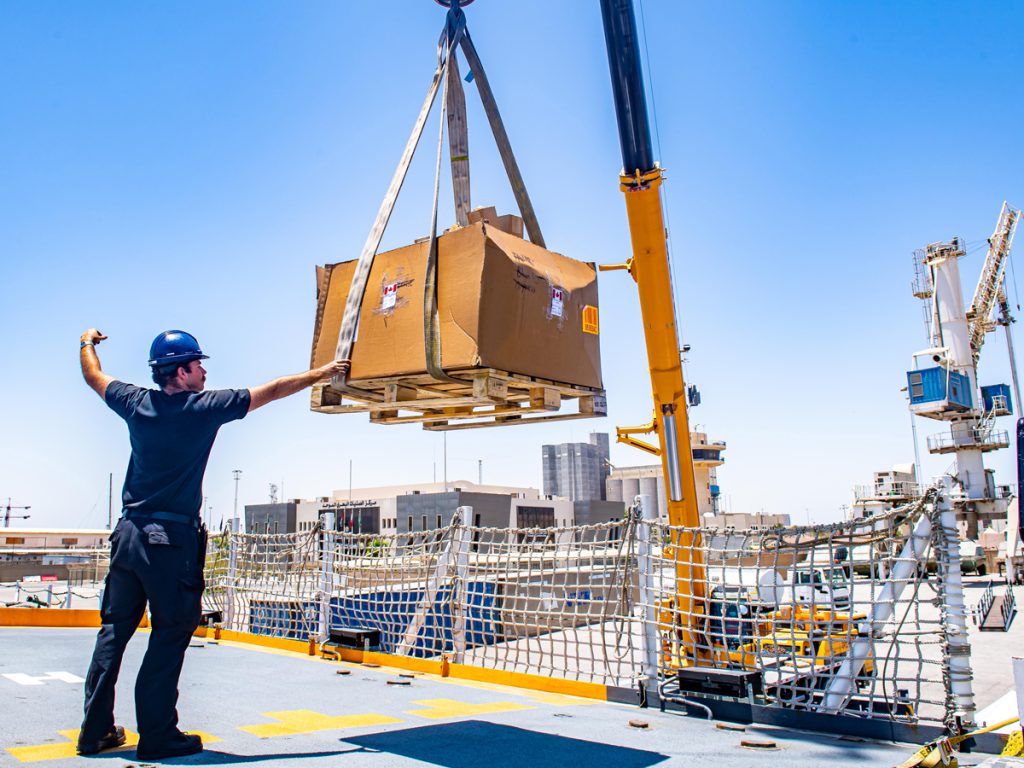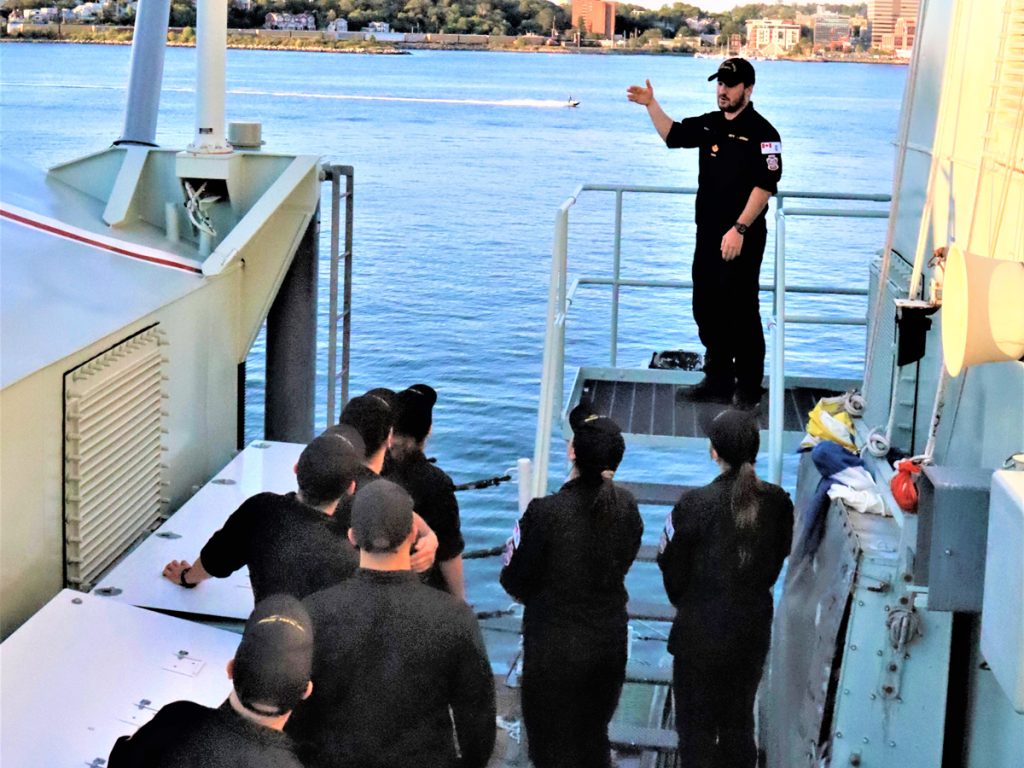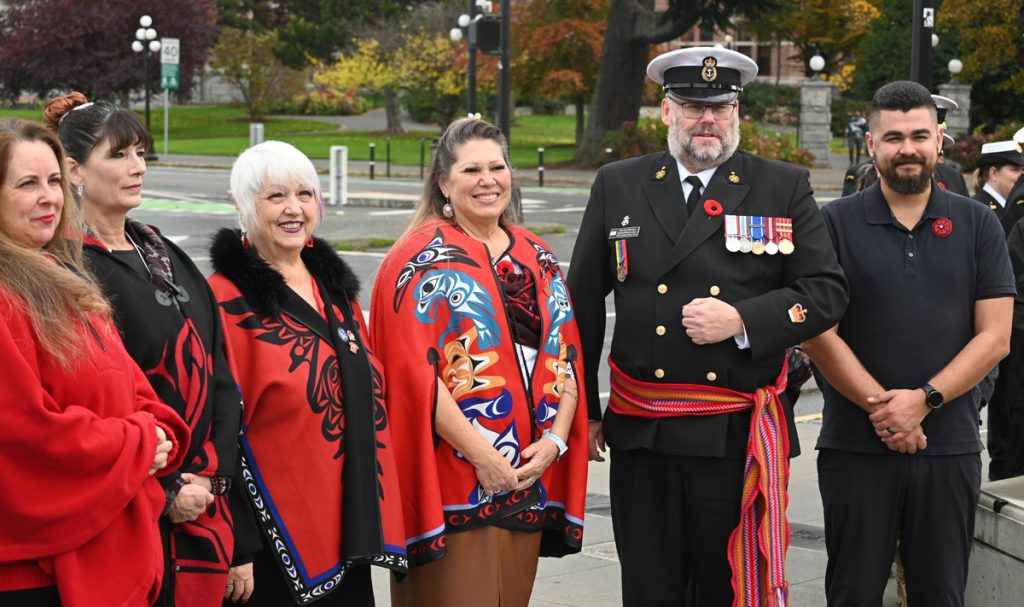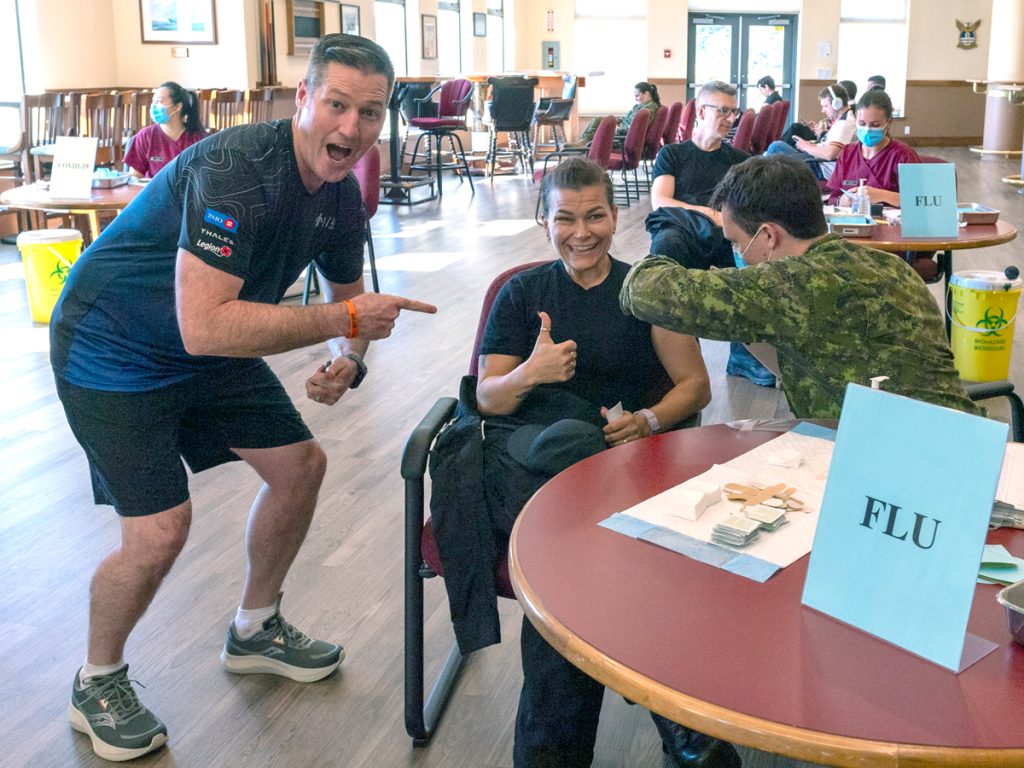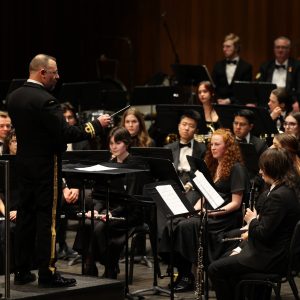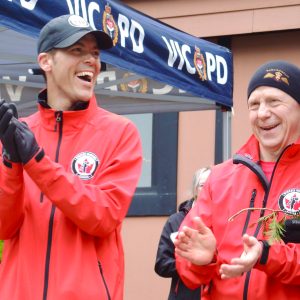Making a mark in memory of Hong Kong veterans
[caption id="attachment_36358" align="aligncenter" width="597"] Hong Kong Veterans Commemorative Association volunteer Derrill Henderson points to the “HK” marker being added to gravestones across Canada, including that of John Levitt, a member of 1st Battalion, The Royal Rifles of Canada Canadian Active Service Force (CASF); in Trenholm, Que.[/caption] A/SLt Taylor Rhuland — As Remembrance Day approaches, Canadians prepare to honour those who served, including the often-overlooked heroes of the Second World War Battle of Hong Kong. The journey of ‘C’ Force began Oct. 27, 1941, when troops boarded the AWATEA and the PRINCE ROBERT, traveling through Canada to Hong Kong with brief stops in Honolulu, Hawaii and Manila, the capital of the Philippines. They arrived Nov. 16 but, unfortunately, essential equipment meant for ‘C’ Force was rerouted to Manila and never reached them. In December, around 2,000 Canadian troops engaged in fierce combat against the Imperial Japanese Army. ‘C’ Force included soldiers from the 1st Battalion Royal Rifles of Canada. After 17 days of intense fighting, many Canadians were taken as a prisoner of war (POW) or killed. Derrill Henderson is a passionate advocate for Hong Kong veterans, driven by his family’s military history. His father, Corporal Stewart Henderson, was a POW during the Korean War and rarely spoke of his experiences, motivating Derrill to honour the sacrifices of veterans. Since the mid-1990s, Derrill has played a crucial role in transitioning leadership from the Hong Kong Veterans Association (HKVA) to the Hong Kong Veterans Commemorative Association (HKVCA), empowering veterans’ children to take charge. This shift not only continues to recognize the bravery of these individuals, but also brings fresh perspectives to the association’s mission. Through Derrill’s efforts, many veterans’ gravestones have been located and marked, ensuring their stories endure on the HKVCA website. He has compiled detailed accounts of each veteran’s experiences, including recorded messages from POW camps, preserving their voices for future generations. One veteran who particularly inspired Derrill is Philip Doddridge from New Richmond, Que. Doddridge joined the Army in...

